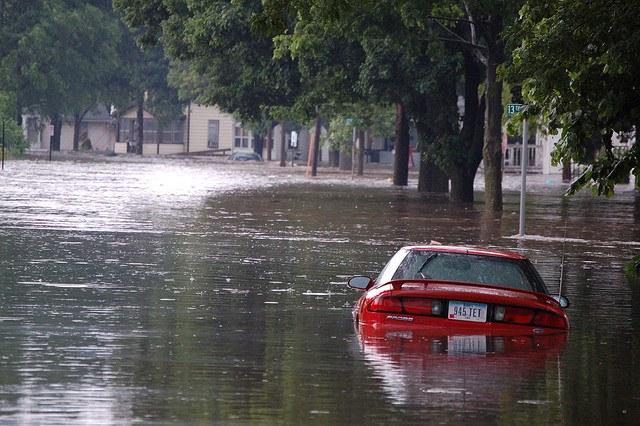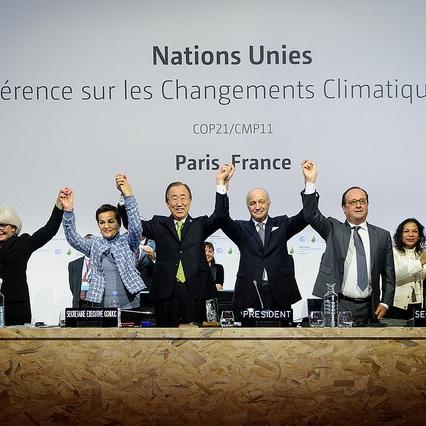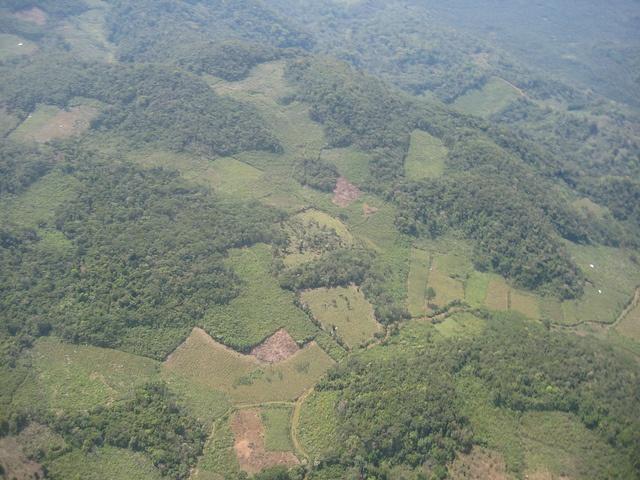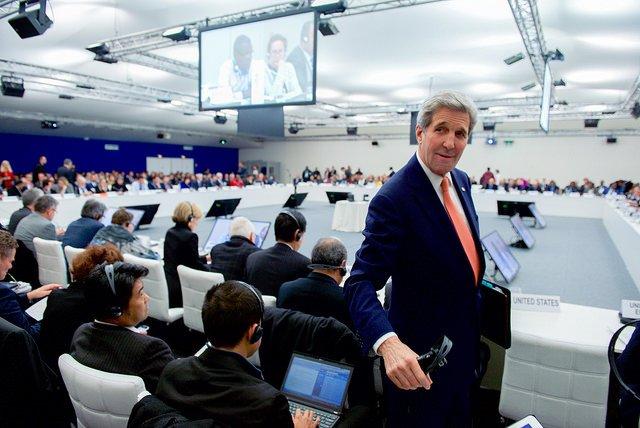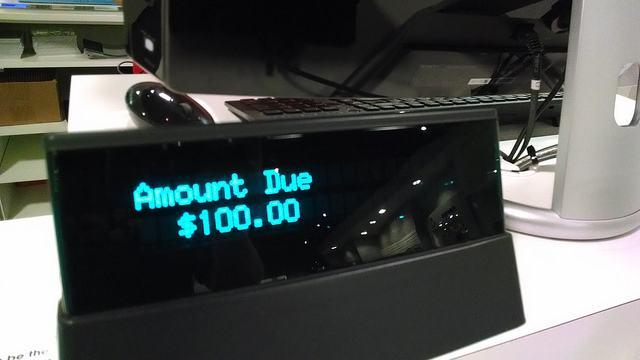Zuckerberg Will Donate 99 Percent of Facebook Shares to Charitable Causes

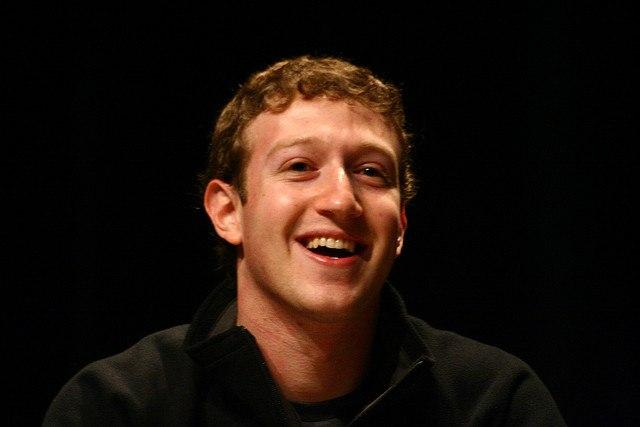
Mark Zuckerberg, the co-founder and chief executive of Facebook, has already changed the world we live in. Now he wants to change the world for future generations, too. He and his wife, Dr. Priscilla Chan, recently announced that they would give 99 percent of their Facebook shares, worth more than $45 billion, to charitable purposes.
The pledge was made in an open letter to their newborn daughter, Maxima Chan. “Having this child has made us think about all of things that should be improved in the world for her whole generation,” Zuckerberg said in a video. “We need to make sure that there are investments in the programs that ensure that the future will be better than it is today,” Chan added. “We have a basic moral responsibility to tilt our investments as a society and as individuals."
The mega-billionaire, husband-and-wife team has formed a new organization, the Chan Zuckerberg Initiative, to manage the fund. However, instead of going the more traditional route of setting up a foundation or nonprofit organization, the Chan Zuckerberg Initiative is set up as a limited liability company. They plan to go beyond making philanthropic grants to investing in companies, lobbying for legislation and influencing public-policy debates.
The LLC will enable the couple to invest in projects of their choosing without being constrained by pesky charitable restrictions. As opposed to a nonprofit, an LLC can invest in for-profit (albeit socially responsible) companies, make political donations and can lobby for changes in the law. At the same time, the designation allows them to do as they wish with their money without all of the additional oversight.
The Internet’s reaction to this news was mixed. While many praised Zuckerberg for his generosity, many accused him of simply transferring money from one hand into the other. Some commentators praised the size and percentage of the gift; others pointed out that Mr. Zuckerberg might be too young to be planning to give his wealth away.
One article published by Bloomberg claims that Mark Zuckerberg’s philanthropy pledge sets a new giving standard. Joining the ranks of fellow billionaire benefactors Warren Buffet and Bill Gates, Zuckerberg is starting to give away his wealth much earlier, at age 31.
“The example you’re setting today is an inspiration to us and the world,” Mr. Gates and his wife Melinda said to Mr. Zuckerberg and Dr. Chan in a statement. “We can be confident of this: Max and every child born today will grow up in a world that is better than the one we know now. As you say, ‘Seeds planted now will grow.’ Your work will bear fruit for many decades to come.”
As if his philanthropic efforts weren’t ambitious enough, Mark Zuckerberg might also be going after the title of Dad of the Year. In the swirl of subsequent media coverage, he posted a photo to his Facebook page which may soon eclipse his pledge to donate his 99 percent of his fortune.
The image, which the Facebook founder and CEO captioned, “One more down, thousands to go,” showed him changing the diaper of his newborn daughter. The photo, which has received nearly 2 million likes, and 44,000 comments, has been dubbed “the most liked diaper change ever." This wondrous act prompted some publications to say that he is setting “a bold example,” and had stories naming him “the most adorable dad” and even “dad of the year.” While some have deemed the new dad’s efforts “very impressive,” a “good example” and “a miracle,” others are questioning if the photo would have the same impact if it were posted by a woman.
Also, although Zuckerberg donating 99 percent of his profits is a very laudable idea, it certainly sheds light on the tremendous income gap between the super rich and everybody else in this country. Mark Zuckerberg and Dr. Chan can afford to give away 99 percent of their Facebook shares ($45 billion) by the end of their lifetime, and have plenty of other assets to live in comfort. Meanwhile, the vast majority of Americans are either living in poverty or paycheck-to-paycheck and struggling to save up enough to retire.
Only time will tell what this will mean for the rest of us. The couple’s initial areas of focus will be causes that address personalized learning, curing disease, connecting people and building strong communities. “Our hopes for your generation focus on two ideas: advancing human potential and promoting equality,” the couple stated in their open letter. “The only way that we reach our full human potential is if we’re able to unlock the gifts of every person around the world.”
Image credit: Flickr/PROJason McELweenie


